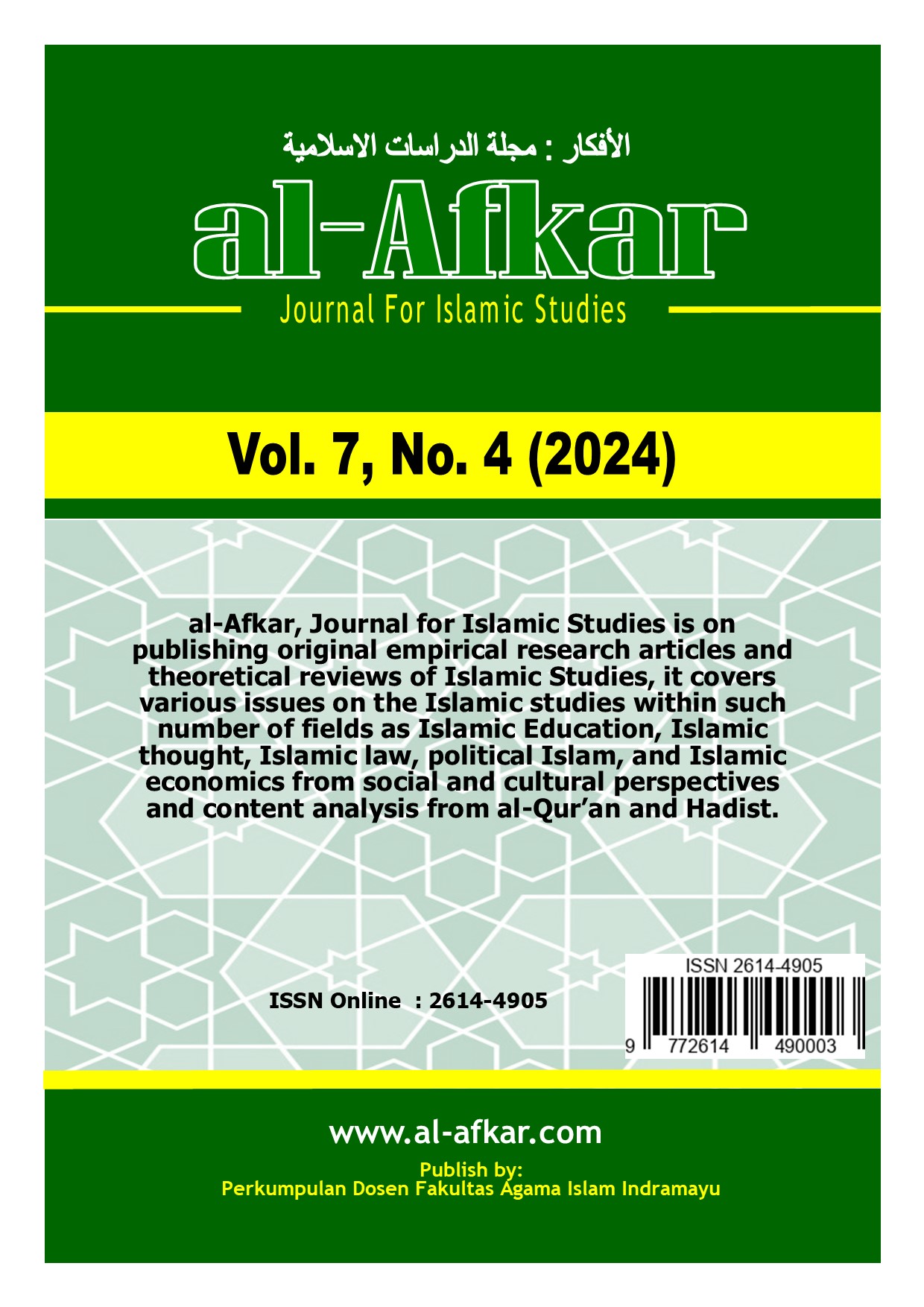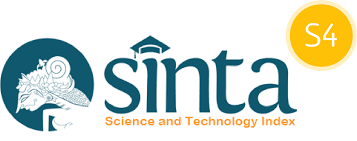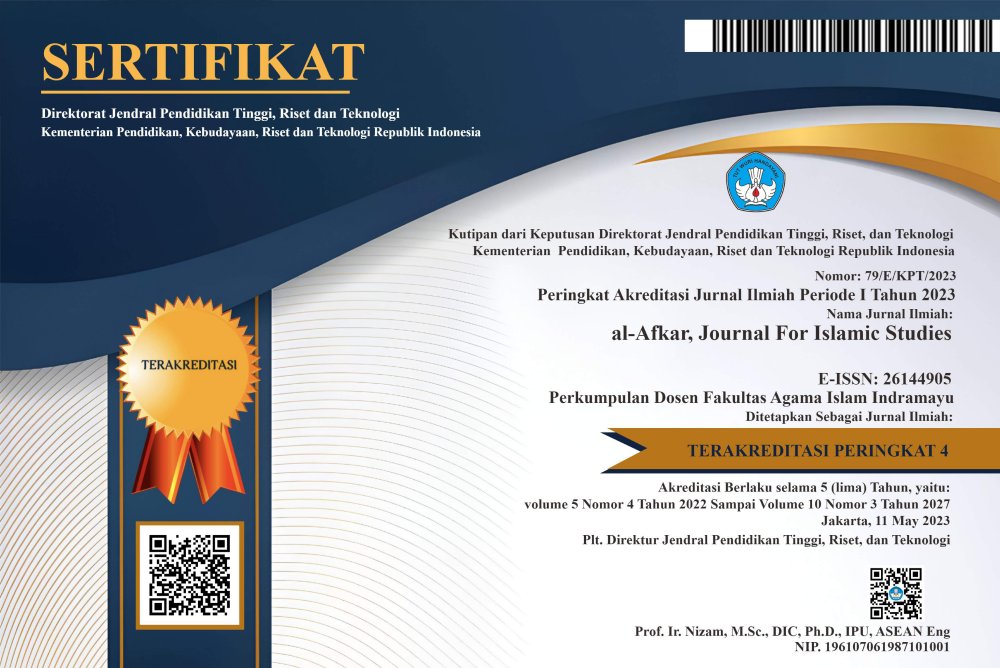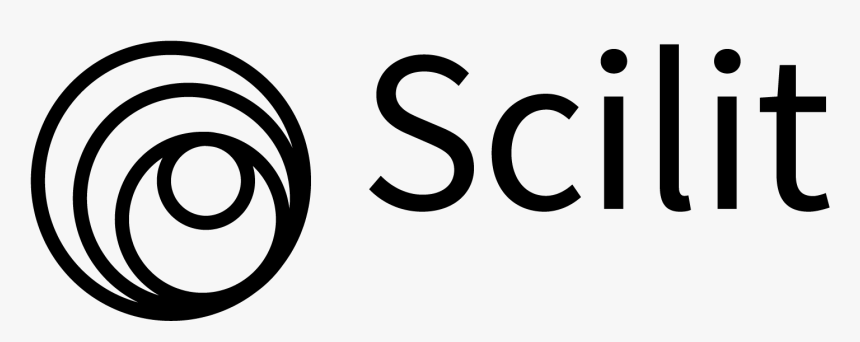Marriage Law For A Girl Produced of Adultery and Her Biological Father According to Four Mazhabs Based on Hifdzunnasl (Comparative Study of Istinbatul Ahkam Madzahibul Arba'ah)"
DOI:
https://doi.org/10.31943/afkarjournal.v7i4.1637Keywords:
marriage, adultery biological father, hifdzunnaslAbstract
The phenomenon of marrying a daughter resulting from adultery is taboo in society. In this case, Islamic scholars from four schools of thought have different opinions regarding the legal determination of the marriage between a daughter resulting from adultery and her biological father. The problematic outcome of the offspring from this marriage must be considered with maqosyidussyari'ah using the concept of hifdzunnasl. The aim of this research is to: Find out the relevance of the opinions of the Four Schools regarding the law of marriage between girls resulting from adultery and their biological fathers in relation to Islamic law in Indonesia and determine the impact of inbreeding between girls resulting from adultery and their biological fathers. The research method used is qualitative, with a library research approach, and a descriptive- analytic type of research. Research results: The marriage of a daughter resulting from adultery and her biological father according to the Hanafiyah and Hanabilah schools of thought is haram, whereas according to the Malikiyah and Syafi'iyah schools of thought it is halal but makruh. Provisions in Indonesian positive law tend to prohibit the issue of children marrying their biological father, especially with the presence of the Constitutional Court decision Number 46/PUU-VIII/2010.
Downloads
References
Albani Nasution, Muhammad Syukri. (2018). Filsafat Hukum Islam (Jakarta : PT Raja Grafindo Persada)
al-Mawardiy, Abu al-Hasan Ali bin Muhammad. (1994). Al-Hawiy Fi Fiqh Asy-Syafi’iy (Beirut: Dar al-Kutub al-Ilmiah).
A. M.Husain, (1995). Al-Wadhih Fi Usul Al-Fiqh (Beirut: Dar al-Bayan ) Azizah, Nur (2018). “Putusan Mk No. 46/2010 Tentang Hubungan Keperdataan
Antara Anak Luar Nikah Dengan Ayah Biologis (Analisis Dalam Perspektif Hukum Islam, Hukum Positif, Uidhr, Dan Udhr),” Fitrah:Jurnal Kajian Ilmu-Ilmu Keislaman 4.2: 243–60.
Az-Zuhaily, Wahbah, 1989 Al-Fiqh Al-Islami Wa Adillatuhu (Beirut: Dar al- Fikr, VII
Duraiwsy, Yusuf A. (2010). Nikah Sirih Mut’ah Dan Kontrak (Jakarta: Darul Haq).
Dzulfikar Rodafi Thoib, Ibnu Jazari. (2020). “Pengakuan Dan Kewarisan Anak Luar Nikah Menurut Prespektif Hukum Perdata (Bw), Hukum Adat Dan Kompilasi Hukum Islam.” Hikmatina: Jurnal Ilmiah Hukum Keluarga Islam 2.3.
Emzir, (2010). Metodologi Penelitian Kualitatif (Jakarta: Raja Grafindo Persada).
KHI MAHKAMAH AGUNG RI, 2011. HIMPUNAN PERATURAN PERUNDANG-UNDANGAN YANG BERKAITAN DENGAN KOMPILASI HUKUM ISLAM SERTA PENGERTIAN DALAM PEMBAHASANNYA (Jakarta ).
Ihwan, Muhammad. (2021) “Studi Analisis Perbandingan Madzhab Tentang Perkawinan Ayah Dengan Anak Luar Nikah,” Humanistika: Jurnal Keislaman 7.1: 92–111.
Imron, Ali. (2013) ‘Perlindungan Dan Kesejahteraan Anak Dalam Perkawinan Di Bawah Umur’, Al-Tahrir, 13.2,
Jalaluddin Abdurrahman, Assuyuthi, (2010). Al Asybah Wan Nadzhair fii Qawa’id Furu Fiqih Syafi’iyyat (Beirut. Darul Kutub Ilmia) Juz I
Nur Toifah. (2020) “KONSEPSI ILMU KEDOKTERAN MODERN TENTANG LARANGAN PERNIKAHAN INCEST DALAM SURAT
AN-NISA’: 23.” Journal of Islamic Medicine 4, no. Incest 30–39.
Pusvita, Sari (2018) “Keperdataan Anak Diluar Nikah Dalam Putusan Mahkamah Konstitusi Dan Implikasinya Terhadap Harta Warisan,” Ulul Albab: Jurnal Studi Dan Penelitian Hukum Islam 1.2: 31–51.
Rofiq, Ahmad (1995). Hukum Islam Di Indonesia. Jakarta: Rajawali Press.
Sabiq, Sayyid. (1999). Fiqhu As-Sunnah (Mesir: Dar al-Fathi Lil I‟lam alArabiy.
Saleh, E Hasan. (2008) Kajian Fikih Nabawi Dan Fikih Kontemporer (Jakarta: Rajawali Press).Soekanto, Soejono dan Sri Mamudji, (2001).Penelitian Hukum Normatif (Jakarta: PT. Raja Grafindo Persada ).
Sugiyono, (2008). Metode Penelitian Pendidikan (Bandung: Alfabeta).
Zed, Mestika. (2008) Metode Penelitian Kepustakaan (Yogyakarta: Buku Obor.
Downloads
Published
How to Cite
Issue
Section
License
Copyright (c) 2024 Ade Jamarudin, Abdul Mufti Albasyari, M. Maisan Abdul Ghani, Hamidah, Imam Sucipto

This work is licensed under a Creative Commons Attribution 4.0 International License.



















